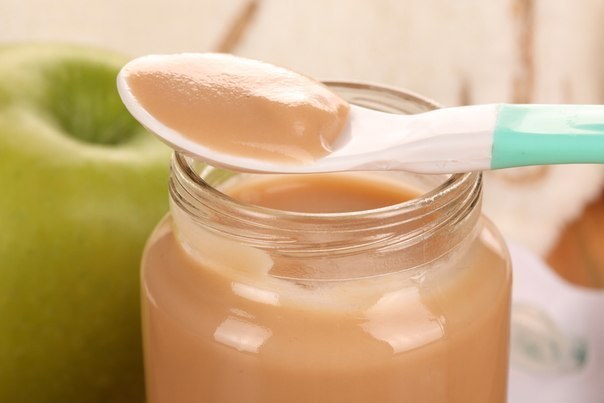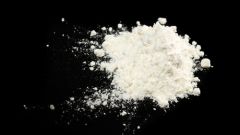How does the process of homogenization
To obtain the homogenized product at home, you can use a mixer or blender. However, the quality in this case is, of course, very different from the kind of product which is subjected to homogenization with the help of special equipment.
Homogenization is achieved by exposure to the product is significant external forces: ultrasound, pressure or a high-frequency treatment. To break down the fat in liquid dairy products, for example, is used gomogenizirovannykh machine with valve, through the cracks of which milk fat is dispersed, i.e. reduced in size and evenly distributed in milk. This increases the viscosity, improves the taste of the finished product and prolongs its shelf life.
Similarly, the process of homogenization is happening in other areas, for example, paint or pharmaceutical industry. However, each of them uses its own types of homogenizers.
In industry, the homogenization process involves a number of operations. For making puree or nectar, for example, products are first thoroughly cleaned, rinsed and wiped. Then add sugar syrup and other necessary elements. Then the products are crushed in the homogenizer, which excludes the contact of air and juice. Further, the same device the raw material is mixed until completely homogeneous composition under high pressure. And in the end packaged in containers while hot.
The use of homogenization
This process has found wide application in various fields. For a long time without homogenizers, it is impossible to imagine food production. Using such plants to create different dairy products with extended shelf life, all kinds of sauces and mayonnaise, juices, pies and, of course, baby food.
The homogenization is positively influenced by the quality of the finished product, improving its due to more complete mixing of the substances.
Using homogenization also produce various cosmetic creams and suspensions, Soaps, perfumes, cosmetics, toothpaste and cleaning products. This technology also allows you to create various industrial lubricants, liposomal suspension, vodoemulsionnye and oil paint, oils, ink, latex, and even water-coal fuel.






